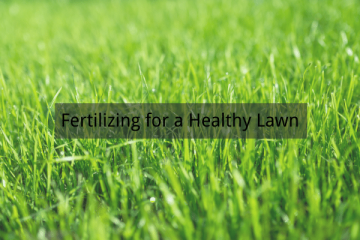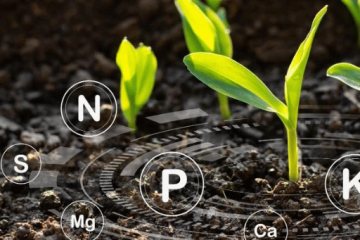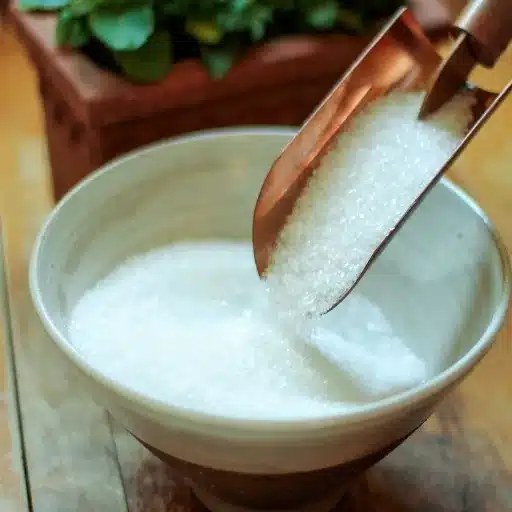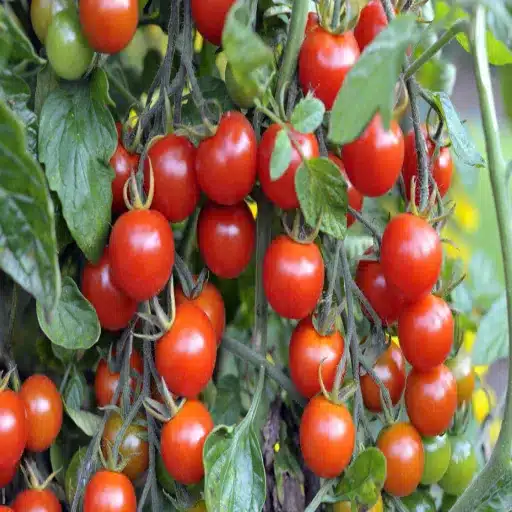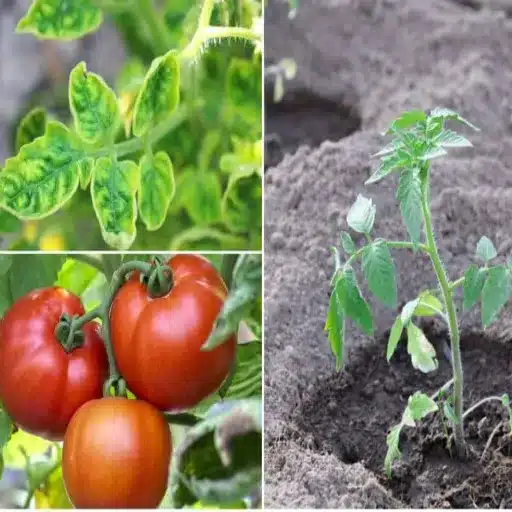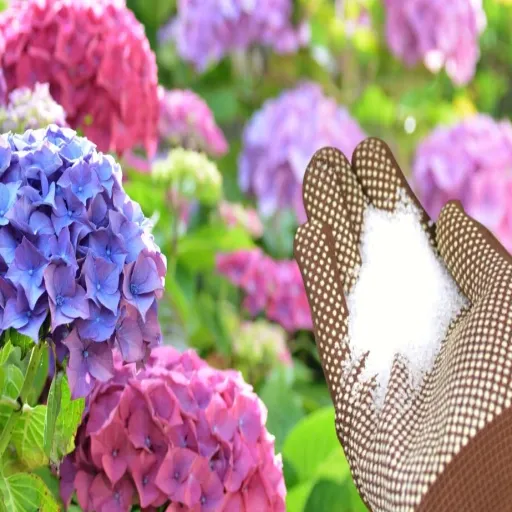Nurturing houseplants is now an easy task with Epson salt’s various benefits. From this guide, the importance of Epson salt, how it facilitates enhancing the health of your plants, and the science behind Epson salt will be covered. Moreover, the chemical composition will be analyzed and discussed along with how magnesium and sulfur are important for the advancement of the plants. The signs of deficiency of Epson salt plus the application method will also be emphasized. The aim is to provide knowledge on how to avoid damaging your plants. This guide is pertinent whether one is an amateur or an experienced indoor gardener. The informative guide empowers one with the confidence to enhance their plant care routine and get stronger house plants.
What is Epsom salt and how does it benefit plants?
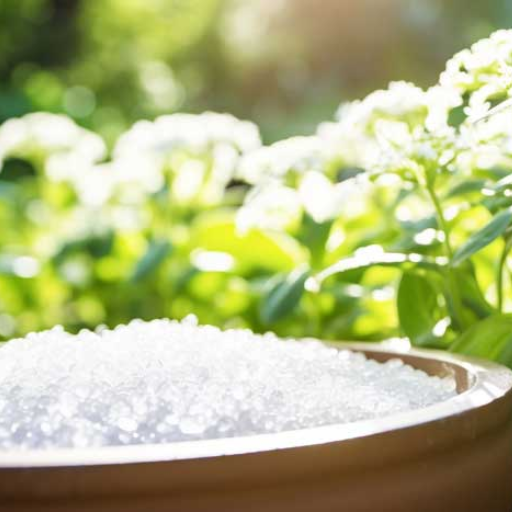
Epsom salt or Magnesium sulfate (MgSO₄), is a naturally existing mineral compound that is one of the most important minerals for plant nutrition. Magnesium is necessary for the formation of chlorophyll; it assists in photosynthesis while Sulfur aids in the formation of important amino acids. Epsom salt can be used for improving nutrient uptake, increasing the blooming of flowers, and increasing foliage when applied in specific quantities. It is useful for plants that lack sulfur and magnesium, especially for tomatoes, peppers and roses.
Understanding the composition of Epsom salt
Epsom salt or magnesium sulfate, has a composition of Magnesium, sulfur, and oxygen. Its structure is represented by the formula MgSO₄·7H₂O which portrays the salt having seven molecules of water. This makes it a hydrated compound. Hence, this adds to its ability to dissolve in water, and subsequently, the magnesium and sulfur ions can be released swiftly. These ions are needed for the well-being of the soil and plants. The magnesium ions are significant to aid in enzymatic functions and chlorophyll formation while the sulfur aids in the making of proteins and root systems.
How Epsom salt provides magnesium and sulfur to plants
The highly soluble Epsom salts serve both as a source of magnesium and a source of sulfur for plants. Epsom salt is an important component since it can easily be dissolved in water and this gives way for efficient absorption of the nutrients. Epsom salt disintegrates into magnesium sulfate (Mg²⁺ SO₄²⁻) upon being dissolved in water and these ions can be absorbed through the plants’ roots and foliage.
Magnesium (Mg²⁺)
Concentration in Epsom salt Solution: Ranges between 1 and 3 percent in agricultural segments.
Function: Vital for the efficiency of chlorophyll, photosynthesis and enzyme activation.
Absorption Method: Foliar spray or through root uptake.
Sulfur (SO₄²⁻)
Concentration in Epsom salt Solution: The normal range is 1 to 3 percent.
Function: Enhances plant durability by being a key player in amino acid and protein formation.
Absorption Method: Foliar spray or through root uptake.
The use of Epsom salt is indeed beneficial, however care should be taken when applying it to plants. A safe way to use it is by adding 1-2 tablespoons of the salt into a gallon of water, further when using irrigation systems, soil tests should be conducted beforehand to avoid over-application. This allows for an ideal nutrient supply without the risk of over-application or nutrient imbalance.
Signs of magnesium deficiency in plants
signs such as interveinal chlorosis where the portions between the leaf veins turn yellow and the veins stay green are particularly present for older leaves. Magnesium deficiency is usually marked by multiple parameters which appear visually and physiologically as symptoms. Due to the mobility of magnesium within the plants, the older tissues are no longer able to sustain the older ones and thus, start moving towards the younger tissues of the plant, which further exacerbates the problem. On top of these visible indicators, plants may also show signs of wilting, poor health, stunted growth, and in some cases even excessive leaf shedding. Deficiencies can also lead to smaller-sized fruits which ultimately lower the yield. Deficiency in magnesium symptoms aggravates as the soil type gets acidic or the sandy soil is lacking ingredients meaning magnesium which leads to a greater need for soil testing and targeted nutrient management. Regular and scheduled attempts must be made to try to prevent the deficiencies at all costs.
How much Epsom salt should I use for my plants?
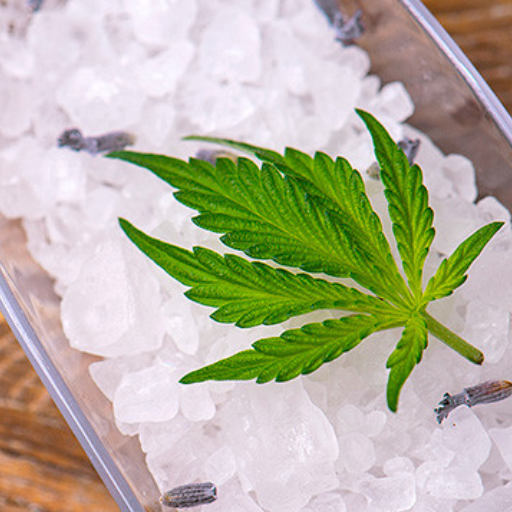
When utilizing Epsom salt on various plants, the dosage depends on the nature of the plant as well as its needs. For basic applications, mix 1-2 tablespoons of Epsom salt with a gallon of water and apply as a soil drench or foliar spray once a month. For vegetables, shrubs or roses, mix around 1 tablespoon with a foot of plant height and apply directly to the base soil. Overapplication should always be avoided, and testing soil magnesium before application is recommended.
Recommended dosage for potted plants and houseplants
For houseplants and plants grown in pots, one teaspoon of Epsom salt diluted in one gallon of water once every four to six weeks, seems to suffice. This solution can be administered either by soaking which involves pouring the solution over the soil or by spraying the foliage of the plant. Using this solution helps in overcoming magnesium deficiency and encourages growth. Always make sure that the application is adequate, and that there is sufficient drainage in place to prevent oversaturation. Certain plants like flowering succulents and house plants may require lesser dosages and lesser frequency of use because high levels of magnesium can adversely affect them. For accurate precision in application, it is recommended to test the magnesium concentration of the soil before use.
Applying Epsom salt to garden plants
With the use of Epsom salt on garden plants, I do take care to apply it moderately. Generally, I mix 1 tablespoon of Epsom salt with one gallon of water and use it as a foliar spray or soil drench. I apply this mixture, which I refer to as a solution, once every month during the active growth stage of a plant. For some vegetable plants such as tomatoes and peppers, I use the solution at the basal region of the plants to enhance fruit and flower development. Not. Over-application is avoided because excess magnesium can disrupt the nutrient balance of the soil. I test magnesium concentration in the soils beforehand so that I can adjust the application rate and frequency accordingly.
Epsom salt solution: Mixing the right ratio per gallon of water
To use Epsom salt most efficiently, it is recommended to use a ratio of 1-2 tablespoons of Epsom salt per water gallon. To meet the diverse needs of the average gardener, Epsom salt can be used as a foliar spray, for soil drenching, and other specific uses. Here are some applicable tools:
Foliar Spray*: Take 1 tablespoon of Epsom salt and mix it with a gallon of water. This solution can be sprayed on the leaves while ensuring that each part of the leaf is covered without oversaturating. This method is quite useful as it helps in delivering magnesium and sulfur instantly, aiding the plants that have yellowing leaves due to lack of magnesium.
Soil Drench*: 2 tablespoons of Epsom salt mixed with a gallon of water is useful for soil application. The mixture should be poured around the stems of the plants enabling efficient nutrient absorption during flowering and fruiting stages, especially useful for tomatoes, rosers, and peppers.
Seed Germination*: A ratio of 1 teaspoon with a pound of water is a recommended lower concentration for soaking seeds, nurturing seamless germination and healthy seedling achievement.
While applying the mixture to each plant, it is important to consider the concentration of Epsom salt in water. Tailored applications are much more effective as long as the balance of nutrients in the soil is maintained.
Can Epsom salt help prevent blossom end rot in tomatoes and peppers?
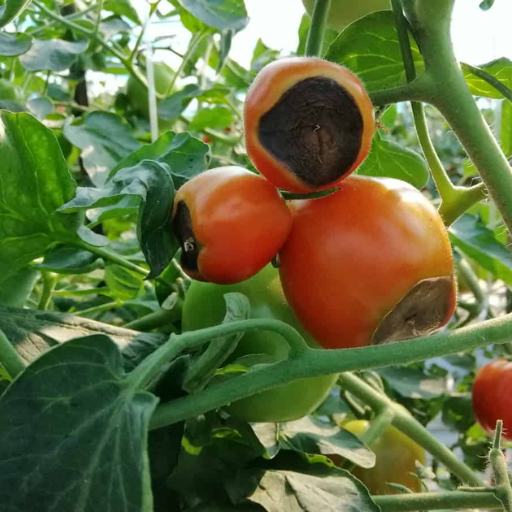
Even though Epsom salt is a source of magnesium and sulfur and is purported to aid in blossom end rot, there is no evidence that it does. The most common reason why tomatoes and peppers suffer from blossom end rot is due to a lack of calcium in the plant. This calcium deficiency is usually multiplied by irregular watering or strain due to temperature. Epsom salt is ineffective in treating or preventing blossom end rot because it lacks calcium. The remedies to reduce this problem are proper calcium supply in the soil and moisture regulation. Routine testing of the soils would assist in determining lacking nutrients and subsequent amendments.
Understanding blossom end rot and its causes
The development of blossom end rot is mostly attributed to inadequate calcium within the fruit as it inhibits the cell wall structure formation, which leads to the disintegration of tissues. To manage this condition properly consider the following parameters and recommendations:
Calcium Levels in Soil
1000 – 2000 ppm is an ideal range.
Always check if there are enough calcium amounts in the soil through a soil testing kit or a professional soil testing service.
pH Levels
The optimal pH range for calcium absorption is from 6.2 to 6.8.
Apply lime to reduce the pH of the soil if it is too low or amending the soil with sulfur to reduce the pH if it is too high will do.
Watering Consistency
Restrict fluctuating between dry and soil which is overly wet and strive for balanced moisture content in the soil.
Depending on the weather follow the recommended amount of watering of 1-1.5 inches, weekly.
Fertilizer Selection
Use with caution as high-nitrogen fertilizers do prove to stimulate higher foliage growth, which results in calcium-deficient developing fruits.
Maintaining appropriate amounts of Nitrogen, Phosphorus, and Potassium (for example 10-10-10) helps to preserve the general well-being of the plant.
If these aspects are properly managed the possibility of blossom end rot is reduced along with healthier fruit development and abundance yields.
How Epsom salt addresses calcium deficiency
Epsom salt, which is also known as magnesium sulfate, has an indirect positive effect on calcium intake in plants by providing magnesium, which is necessary for the absorption and transport of calcium. Magnesium is an important part of chlorophyll and is required for a plant’s growth because it is needed in photosynthesis and all energy-producing processes in the plant. Epsom salt does not contain calcium, but its use increases the amount of magnesium in the soil which may improve the conditions for calcium uptake. However, the problem of calcium shortage is best solved by using calcium sources like gypsum or lime because using only Epsom salt does not treat the underlying calcium deficiency problem.
Application methods for tomato and pepper plants
To successfully put into practice the use of Epsom salts, foliar sprays, and calcium amendments for tomato and pepper crops, certain methods and norms must be followed:
Epsom Nutritive Salt Application
Foliar Spray: Magnesium deficiency is best dealt with by spraying the leaves of the plants with a solution of 1 tablespoon of Epsom salt per 1 gallon of water every two weeks. This technique is best suited for magnesium acts during the time the plants are growing or show deficiencies. Efficient and rapid absorption of the nutrient is guaranteed.
Soil Application: At the base of each plant, one to two tablespoons per gallon of water, which is mixed with the soil, should be applied once a month. This limitation prevents the soil from overloading with Magnesium.
Amendments for Calcium
Calcium Nitrate Spray: Mix 1 tbsp of calcium nitrate into 1 gallon of water and use it as a foliar spray every week or two. This helps in reducing the risk of blossom end rot as well as providing an easily available form of calcium.
The addition of gypsum (calcium sulfate) or lime (calcium carbonate) to the soil at the time of planting is recommended. Depending on the pH test of the soil, 1-2 lbs/100 square ft is more favorable for providing adequate calcium and maintaining the acceptable pH range of 6.0 – 6.8.
At times, due to nutrient competition or toxicity, imbalance can occur; therefore, Epsom salt and calcium amendments should only be used based on the soil testing results. Methods and plant response should be properly noted during the growing season to maintain the health and productivity of the plant.
Is Epsom salt good for all types of plants?
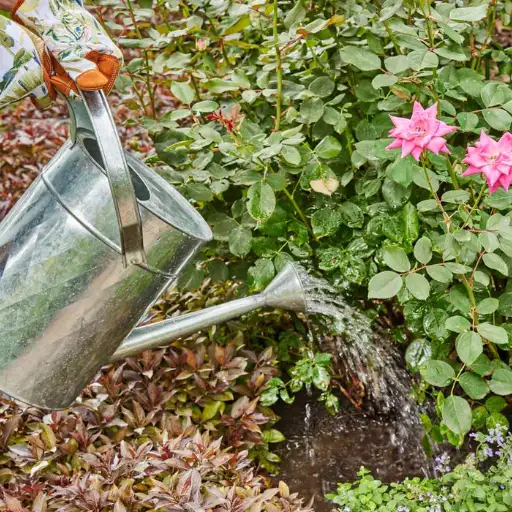
Epsom salt is said to help particular plants by providing magnesium and sulfur individually; however, it is not useful for all plants. Some sources indicate that tomatoes, peppers, and roses are some examples of plants that suffer from magnesium deficiencies and Epsom salts are beneficial to those plants. On the contrary, an overabundance of magnesium is harmful, especially in magnesium-rich soils, as it throws the nutrient balance off equilibrium. Before application, soil testing is prudent to identify specific deficiencies and avoid overuse that could potentially lead to toxicity or competition with nutrients such as calcium or potassium. Furthermore, the application of Epsom salt should be done with great precision regarding the plant species and soil conditions.
Plants that benefit most from Epsom salt
Unlike other nutrients, magnesium and sulfur are easily available to help specific plants using Epsom salt. However, this is not the case for all plants. Some sources contended that sufficient amounts of magnesium in Epsom salts are beneficial to tomatoes, peppers, and even roses as these crops are prone to magnesium deficiency. However, it’s worth noticing that excessive concentration of magnesium compounds followed by oversaturation of magnesium in soils is problematic since it disturbs the nutrient balance equilibrium. Testing of the soil before application is advisable to determine exactly what deficiencies exist and prevent application which may lead to toxicity or compete with other nutrients like calcium or potassium. Additionally, Epsom salt has to be applied accurately concerning the type of plant species and soil conditions.
When to avoid using Epsom salt on plants
The literature indicates that Epsom salts should be avoided as a fertilizer where magnesium concentrations in the soil are adequate. This is followed by the concern with the negative impact of overapplication which results in the excess calcium and potassium imbalance in the soil nutrients. More importantly, it is also suggested that the application of Epsom salts in plants where magnesium deficiency is not a problem, for instance, those whose leaf veins are not showing symptoms of chlorosis, is not recommended. Furthermore, excessive use might result in increased salt concentration of the soil which is detrimental to plant roots and decreases the quality of the soil.
Conducting a soil test before using Epsom salt
Analyzing the soil beforehand, in this case, allowing the Epsom salt to take effect never hurts. It should always plant health as well as resource use in the environment. A general soil test concentrates on the amount of nutrients obtained through Epsom salt Epsom nitrogen (N), phosphorus (P), potassium (K), magnesium (Mg) and calcium (Ca). Regarding magnesium, be sure that particular soil test is concerned as most of the test kits are indeed straightforward. Soils with less than 50 parts per million (ppm) of magnesium are deemed deficient.
To promote sample representative results, a garden at an amazing 6-8 inch depth should be used. Meticulously send the samples or use them in a trusted kit home garden test. If these examine magnesium under optimal levels of 70– 120 ppm without Epsom Epsom, the soil is examined. The soil should never be tested right after fertilization beige the readings are temporarily modified. Always remember to classify the plants by their nutrient requirements for healthy growth.
How do I apply Epsom salt to my garden soil?
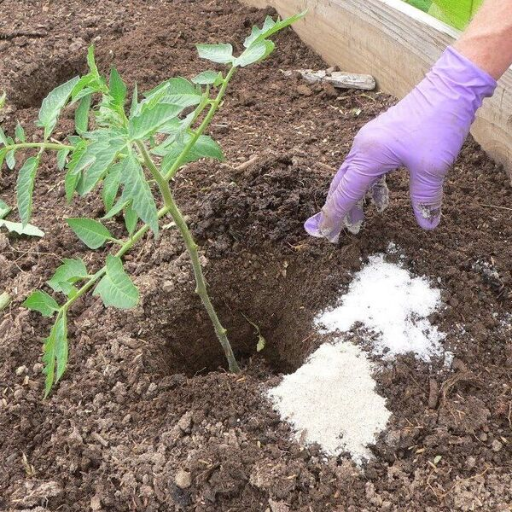
Because of the great benefits obtained from applying Epsom salt to plants, it is crucial to be careful about overdosing. Given that, it is key to know the correct dosage for different plants. To generalize, mix two tablespoon portions of Epsom salt with 1 gallon of water and use a hose to soak the soil at the base of the plants. For larger plants, treat 100 square feet of soil with 1-2 pounds of Epsom salt followed with a thorough rake or tiller. To enhance absorption and reduce surface accumulation, water the area after treatment. To monitor the plant’s health, apply every 4-6 weeks and regularly observe the health condition of the plant.
Incorporating Epsom salt during planting
There are specific measures to adhere to when using Epsom salt when planting to avoid excessive application which could translate to nutrient disturbance. How you mix the salt varies for individual planting holes where you are supposed to mix 1 to 2 teaspoons of the salt in the soil at the bottom of each planting hole for every plant and for row planting, you are supposed to apply one cup of the salt for every 100 square feet by mixing these gently in the topsoil or furrows. Remember to water the area well after these adjustments to dissolve the magnesium sulfate and make the salt available for the plants. Those measurements are appropriate for the greater percentage of garden flowers and vegetables, however, some adjustments should be expected based on the plant’s nutrient needs and the soil conditions.
Top-dressing methods for established plants
Covering the soil with Epsom salt is a great way to provide established plants with an increased source of magnesium and sulfur. For this technique, sprinkle 1-2 tablespoons of Epsom salt around the plant’s base, carefully making sure it gets only to the surrounding soil. For larger areas or rows, spread around 1 cup of Epsom salt over 100 square feet of planting area. After each application, every area should be flooded to help water dissolve the salt and assist in soil absorption. It is advisable to repeat this activity every 4-6 weeks during the active growing season and magnesium-demanding crops like tomatoes and peppers and roses. Make adjustments depending on the nutrient requirements of the plant to prevent negative effects caused by too many specific nutrients.
Creating and applying an Epsom salt spray
Spraying Epsom salt involves preparing a mixture of water and salt. Mix 2 tablespoons of Epsom salt in 1 gallon of water and shake it until it dissolves completely. After the formation of the mixture, put it in a spray bottle or a garden bust to accurately cover the leaves and stems of plants. It is important to note that magnesium and sulfur can be absorbed through the plant tissues which is why foliar application is extremely effective for delivering the minerals. Apply in very early morning or late afternoon to some sun, this will cut the chances of leaf burning from exposure to high temperatures. Use the spray consistently every two weeks when there is plant growth, and take special precautions with young or flowering vegetables and shrubs with yellowing growing leaves. Always monitor plant responses and adjust the concentration accordingly to limit overuse.
References
Frequently Asked Questions (FAQ)
Q: What are the benefits of using Epsom salt for plants?
A: Epsom salt can help plants by providing magnesium, an important nutrient that aids in seed germination, chlorophyll production, and nutrient absorption. It is particularly good for plants like tomatoes and peppers that require magnesium for optimal growth.
Q: How should I add Epsom salt to my tomato plants?
A: For tomato plants, you can add Epsom salt by mixing one tablespoon of Epsom salt per gallon of water and using it to water the plants. Alternatively, you can put a handful of Epsom salts in the hole before planting to promote strong growth.
Q: Can Epsom salt in the garden affect soil pH?
A: Epsom salt generally does not affect the soil’s pH significantly. It is neutral and thus safe to use around plants without altering the soil pH. However, it’s always a good idea to test your soil’s pH if you have concerns.
Q: Is Epsom salt effective for killing weeds?
A: While some people believe Epsom salt can help with weed control, it is not typically recommended for this purpose. Unlike table salt, Epsom salt is not a desiccant and does not work well for killing weeds. It’s best to use other methods for weed management.
Q: How often should I add Epsom salt to my garden plants?
A: It is generally recommended to add Epsom salt once a month during the growing season, using a solution of one tablespoon of Epsom salt per gallon of water. However, the exact frequency may vary depending on your plants’ needs and soil conditions.
Q: Are there any plants that benefit more from Epsom salt?
A: Plants like peppers and tomatoes particularly benefit from Epsom salt due to their higher magnesium needs. However, many plants, including roses and perennials, can also benefit from Epsom salt when used appropriately.
Q: Can too much Epsom salt harm my plants?
A: Yes, applying too much Epsom salt can lead to an excess of magnesium, which may harm plants when used excessively. It’s essential to follow recommended guidelines and avoid over-application, as plants need a balanced nutrient environment.
Q: Is Epsom salt good for seed germination?
A: Yes, Epsom salt can help with seed germination by providing magnesium, which is crucial for developing strong seedlings. Adding Epsom salt to the soil or using it in a diluted solution can improve seedling health.
Q: Where can I buy Epsom salt for gardening purposes?
A: You can buy Epsom salt at most garden centers, home improvement stores, or online retailers. It is often available in the gardening section, and you should ensure it is labeled for plant use to ensure purity and effectiveness.

